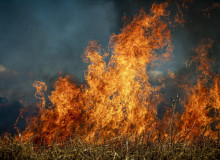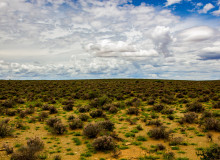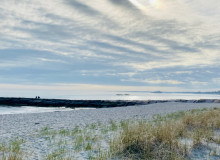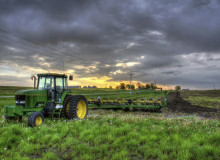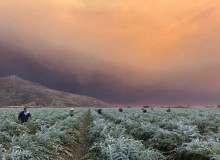Natural Disasters
Storms are getting bigger. Droughts are getting longer. As the climate changes, natural disasters are ramping up - here's how we're dealing with them, trying to prevent the worst consequences and learning how to clean up after them.
University of Connecticut
This July marks two years since the MV Wakashio oil spill. Though environmental NGOs have left the island and news coverage of the disaster has ceased, youth around Mauritius are still reeling from the effects of the tragedy.
George Washington University
Wildfires are increasing in severity as climate change worsens, and our forests may not be able to grow back like they once could, scientists say.
George Washington University
Have we finally cracked the code on controlling the weather? A recent paper suggests that by using drones to charge up the water droplets in clouds, we can cause them to fall as rain.
University of Connecticut
Although ecoanxiety impacts all ages, its influences are disproportionately felt among young people. These feelings, compounded in many by COP26’s resolution, make prioritizing mental well-being as a climate activist paramount.
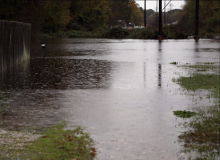
A neighborhood street in Hampton, Virginia, following a flash flood in 2020. (Aileen Devlin/Virginia Sea Grant https://creativecommons.org/licenses/by-nd/2.0/)
George Washington University
Climate Hits Home | On just one day in Virginia, I experienced a severe thunderstorm watch, a flash flood warning, a tornado warning, and a state of emergency. What is going on?
Northwestern University
According to The Nature Conservancy, intense weather will transform hydrology, health, economics, and ecosystems in Illinois, as reported by Eva Herscowitz for Medill.
Arizona State University
The race to deliver fresh foods during peak harvest season means farmworkers are facing the threats of climate change acceleration and COVID-19.
Founding Director, Planet Forward
As climate change worsens wildfires, what can the U.S. learn from Australia's fires?
George Washington University
The community of Ellicott City, MD is working together to protect against future devastating floods.
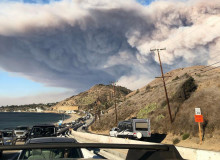
The smoke plume from the fast-moving Woolsey Fire encroaching on Malibu on Nov. 9, 2018, as residents evacuate along the Pacific Coast Highway. (Cyclonebiskit/Creative Commons)
The George Washington University
California's wildfires get worse year after year. Air quality, home evacuations, structure damage, and a whole host of issues plague the state each year. And none of us are surprised.


